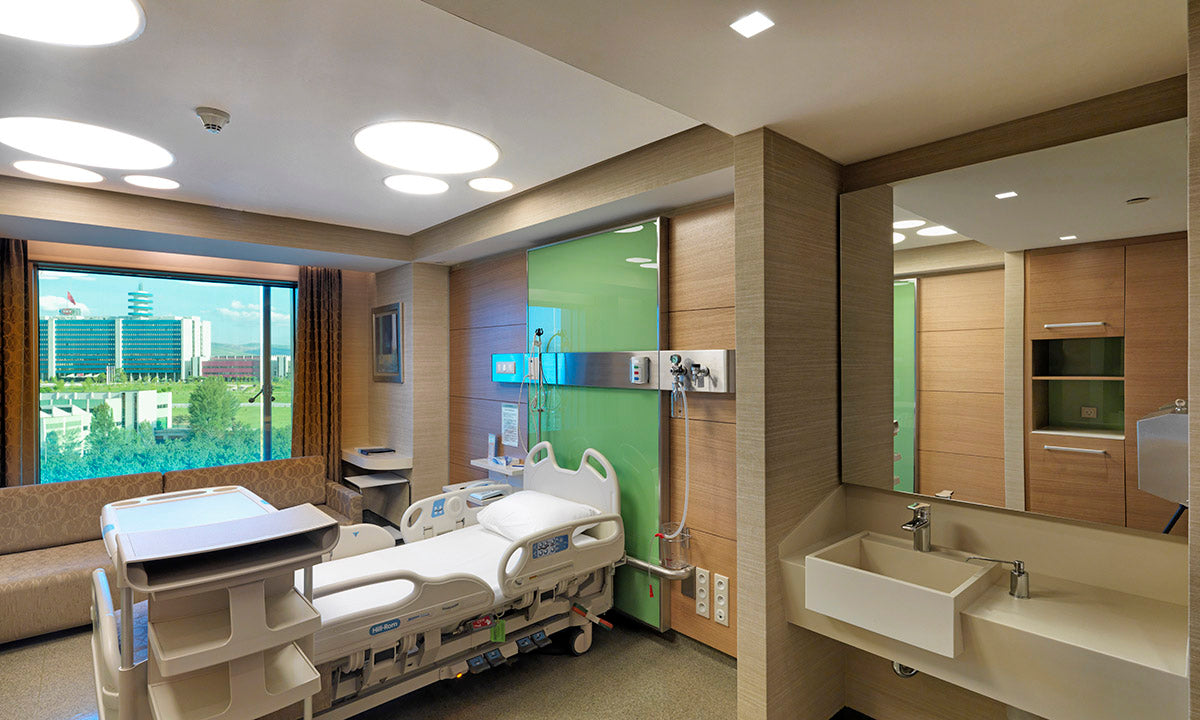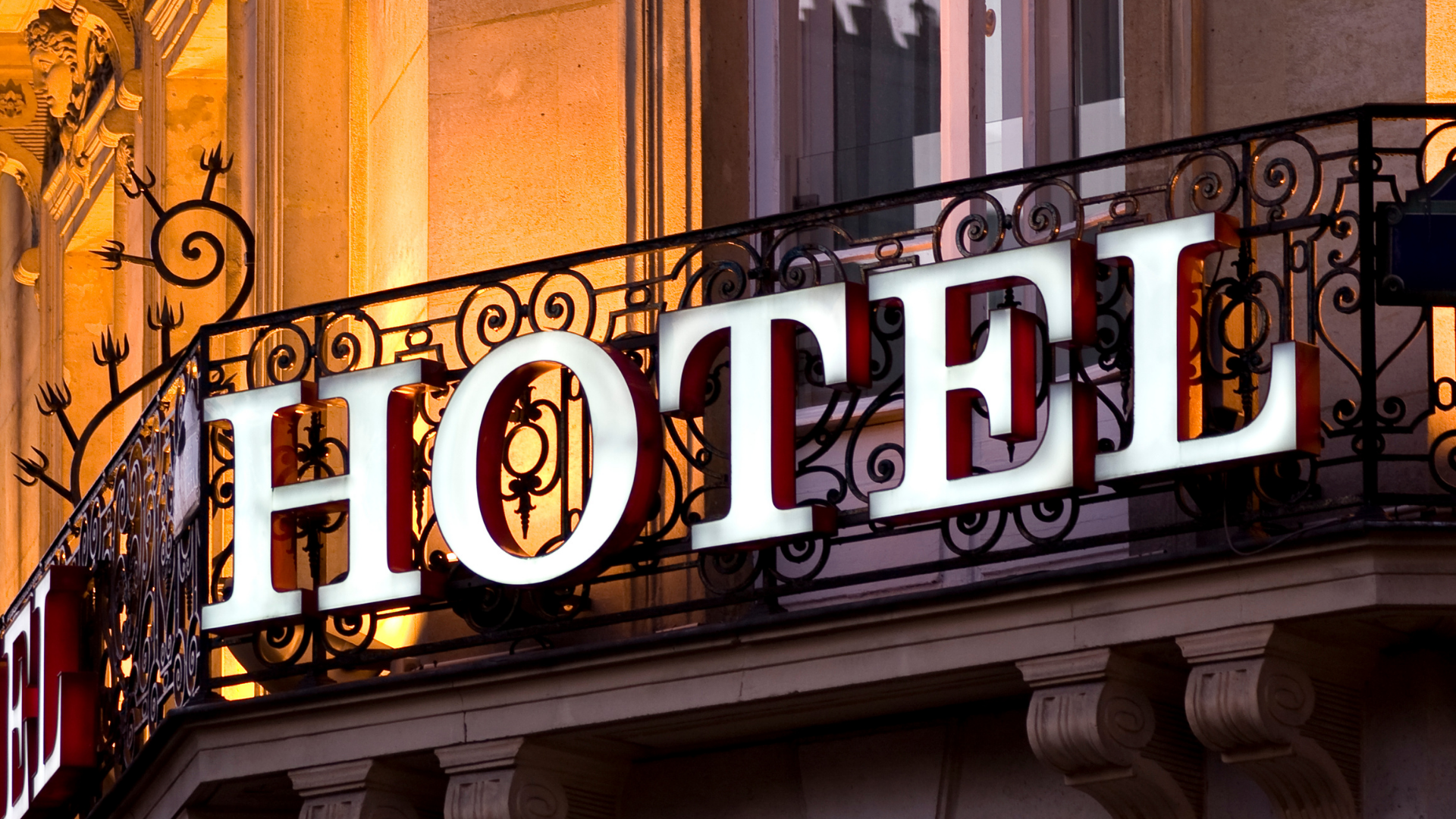The nose is an organ that has both functional and visual importance. For this reason, nose aesthetics (rhinoplasty) surgery aims not only to improve visual appearance but also to eliminate breathing problems. With the rhinoplasty operation, deformities in the nose and physical and functional disorders that cause difficulty in breathing are corrected. The important thing is; It is not a standard nose surgery, but a natural nose shape that suits the patient's demands and face.
Patients apply to nose surgeons with various complaints; such as overly large nose, wide nose, arched nose, short nose, wide nostrils, crooked nose, drooping nose tip. What can be done is mutually discussed and the surgery that best suits his face is planned in line with his expectations.
Recovery after rhinoplasty surgery is not accelerated by external intervention or medications. Aesthetic nose surgery recovery is a long process and requires patience and time. Rhinoplasty surgery recovery can take anywhere from 6 months to 2 years. Although there may be some excitement before rhinoplasty, post-rhinoplasty is generally smooth. Please give yourself time to get your nose to its best.
Although there may be some excitement before rhinoplasty surgery, post-rhinoplasty is generally smooth. After the surgery, you can be discharged from the hospital and go home the next day. Sometimes you may need to stay in hospital overnight. You should not eat or drink anything for 4-6 hours after nose surgery. You can wet your lips for dryness that may occur in your mouth. It is recommended that you start your diet with light watery foods. There is not much pain after nose surgery. If there are complaints such as mild pain, nausea, or vomiting, they can be controlled with medications. Resting with your head elevated will reduce your troubles. There may be a slight bloody leakage from the nose in the first two days after aesthetic nose surgery. You should spend the first two days after the surgery resting. On the third day, you can return to your daily activities that are not too tiring if you wish. The most important rule is to protect the nose from impacts after the surgery and to protect the nose from harsh traumas such as pinching, pulling, and blowing your nose by hand for the first two months. The mouth should be open for sneezing, which is a reflex and cannot be prevented. Intranasal care can be done by breathing gently and using sea water.
After plastic surgery, swelling occurs in all noses and around the eyes, to a greater or lesser extent. Applying cold ice to the eye area for 10 to 15 minutes every hour for the first three days after rhinoplasty reduces swelling. Swelling around the nose reaches its highest level in the first three days and begins to decrease after the third day. 5 to 7 days after the nasal intervention, there is no significant edema and the swelling has largely decreased. While it takes 6 to 12 months for the edema in the nose to completely subside and for the nose to take its final shape, this period is longer for individuals with thick nasal skin and may take 1 to 2 years. In terms of nasal swelling, the area around the eyes heals first. Then, swelling in the middle of the back of the nose, then the swelling of the part of the nose close to the eyebrows, and finally the nose tip edema subsides.
Recovery after rhinoplasty surgery takes time and requires patience. Your first check-up after aesthetic nose surgery will be on the 10th day, and at the end of this period you will be largely healed. During this check-up, the soft silicone tubes inside the nose and the thermoplastic splint on them are removed. You may not get used to your first appearance due to swelling, and you may not even like it. The swelling on your face will largely decrease in 3 to 5 days. If bruises occur, they will disappear on their own within two weeks. You should not use glasses for the first 2 months. It will take a year for your nose to take its final shape. Healing is a long process that cannot be accelerated and requires patience and time. Please give yourself time to get used to your new face.
Human bodies respond differently to injury and healing. Each body cell organization creates a unique and special structure unlike any other. That's why each body's reactions to the same or similar events occur differently. Although people's faces consist of the same structures, they have a unique richness that is never the same. Since no two faces or noses are alike, the results will vary.
After healing is completed;
If people who did not know you before the surgery do not notice the change in your nose
If someone who saw you years ago but does not know you well says that there is a change in you but does not know what it is.
When you stand in front of the mirror and look at yourself, you think you're better than before.
If you can breathe and smell more easily than before the operation
Your aesthetic nose surgery is successful. Things to pay attention to in the first 24 hours after rhinoplasty surgery:
When you come out of surgery, you will have a plastic splint over your nose. This splint is important for shaping and protecting the nose. Do not touch the splint on the nose.
The tampon under the nose can be changed as needed and removed completely if there is no bleeding.
While sleeping or resting, you should keep your head upright, at least two pillows higher than your body, and lie flat.

You may experience fatigue and exhaustion due to the anesthesia medications you have taken during the surgery. This situation will subside within a few days and you will feel better. Sometimes there may be insomnia.
We, as Fibemed, plan the treatment processes of our patients who work with us safely in our clinic with high equipment standards, from travel planning to hotel accommodation and most importantly, we are with them at every stage.
If you are looking for a reliable address for rhinoplasty, contact us immediately through the channels below.








